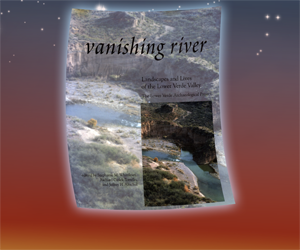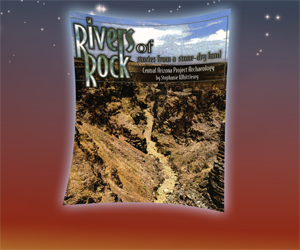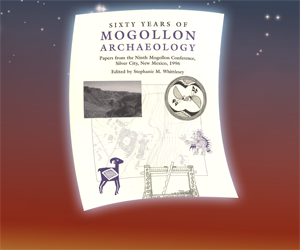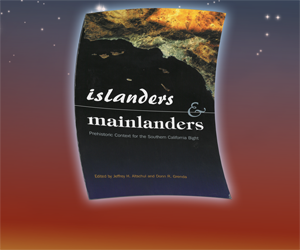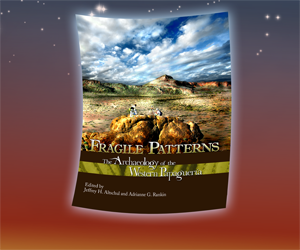Settlement Trends in the Middle San Pedro Valley: A Cultural Resources Sample Survey of the Fort Huachuca Military Reservation
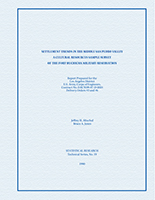
By Jeffrey H. Altschul and Bruce A. Jones
Technical Series 19
313 pp. / 1990
The results of an 8,600-acre survey on the Fort Huachuca Military Reservation are presented. This survey was conducted as part of a larger inventory project, which in total encompassed 12,000 acres of the 73,000-acre fort. The report focuses on two objectives: presenting the descriptive results of the 8,600-acre survey and integrating the results from all surveys conducted on Fort Huachuca into a predictive model of prehistoric site location. The survey design had three main components. First, 38 quarter-section units were surveyed following a simple random sampling design. These units, combined with seven units previously surveyed by Professional Archaeological Services and Technology (P.A.S.T.), led to just under a 10 percent sample of the fort. The random sample results were used to generate parameter estimates and to develop a preliminary predictive model. Testing this model was the primary objective of the second component of the survey. In addition to using all previous ad hoc compliance surveys, specific parcels totaling 2,230 acres were inventoried. Finally, to assess the potential of buried sites on Fort Huachuca, the geomorphic history of the fort was analyzed and deeply entrenched washes in areas conducive to buried materials were surveyed.
The survey recorded 84 sites. These sites contained a total of 58 prehistoric and 31 historic components. Prehistoric components were divided into three functional types; habitations, resource processing loci, and artifact scatters of unknown function. Temporal components recognized included Archaic, Formative, and Protohistoric. No diagnostic Paleoindian materials were recovered, although artifacts with a heavy patina were observed that could date to this period. Historic components were grouped into three groups; architectural, dumps, and scatters. Historic resources covered a wide range of activities, most of which were either associated with the military or farming and ranching.
A predictive model of site location was created for the prehistoric components. The model was based on the statistical covariation of site location with four environmental variables; namely, elevation, slope, aspect, and soils. The model worked best for sites closely tied to resource procurement, relatively well for habitation sites, and poorly for artifact scatters. The model’s performance also varied over space, working very well in the bajada and canyon mouths and very poorly in the Northwest Quadrant of the base. It is hypothesized that the wide fluctuations in the model’s predictive strength is related to the role social factors played in decisions concerning site location.
To explore site location further, the Fort Huachuca data were integrated into the large database from the entire Middle San Pedro River Valley. This spatial analysis suggested that a pattern of permanent hamlets along the river and at the base of the mountains became established during the Late Archaic Period and remained in place throughout the remainder of prehistory. Social and cultural dynamics related to the emergence of the center of Paquime in Chihuahua, Mexico, appear to have drastically altered this pattern during the Classic Period. At this time a new settlement system was established focused on control of trade and communication routes to the Santa Cruz and Lower San Pedro Valleys.
Historic period settlement is examined through a combination of archaeological and archival sources. Major historic themes in the region are defined and avenues of future research are discussed. The report closes with an evaluation of survey techniques and recommendations for future inventory.

